The Delectable Collectible
Collectibles is a broad category encompassing everything from cards and Christmas ornaments to dolls and dinnerware. It can include contemporary pieces or antiques, first issue or resale. The number of collecting clubs attests to the diversity of the industry: The Association of Collecting Clubs states there are more than 50,000 of them. And the largest sector of the U.S. collectibles market is figurines and sculptures. They represent 54.3 percent of the collectibles market, according to 2002 Datamonitor industry market research.
But what do collectibles and garden centers have in common? On the surface very little. Yet delving deeper reveals that the two seemingly dissimilar groups have some common ground after all. For the retailer willing to give them a chance, collectibles can offer an expanded customer base, larger gift selection and event opportunities. Of course, these potential benefits come with risk and necessary reconnaissance. This overview of the collectibles industry will help you make an informed decision the next time you sit down to order new products for your retail space.
Who’s Collecting And Why?
The customer base for collectibles is fairly similar to that of garden centers: In general, female, upper-middle class Baby Boomers tend to shop at garden centers, and middle-class adults, traditionally women, enjoy collectibles. The Lifestyle Market Analyst, a reference guide for consumer market analysis, closely examined the demographics and lifestyles of 17,152,081 households containing collections. The research found the median age of household heads to be 50 years old, and most were married with a median income of $45,329. Though they traditionally collect the most, women aren’t alone; men collect, too. Reed Business Information reports that “… women primarily collect figurines, dolls and plates” and “… men most commonly collect trading cards, action figures, coins and stamps, die-cast products, memorabilia and toys.” Overall, collectors aren’t hard to find. The National Association of Collectors finds there are roughly 200 million collectors in America alone.
Individuals who aren’t collectors may not understand the impetus to collect; there are three broad reasons: People collect to achieve a complete set, to interact with others who enjoy the same collectibles or for financial returns. Essentially, for whatever reason they collect, collectors are the ultimate consumers because they continue to add to their collections. And with companies continually adding to collectible lines, consumption rarely ends.
But what does all this mean for garden centers? The similar consumer base for collectibles and garden centers helps to bring the dissimilar product and vendor together. Most product lines bring a ready-made consumer base with them. Collectors who come solely for the collectibles may leave with some plants, and gardeners may walk away with some figurines. Additionally, knowing why people collect can help when ordering products. For instance, instead of choosing a few collectibles from an assortment of lines, you may opt to pick up an entire line to encourage collectors to complete their sets. You may also choose to hold collectibles events and cater to collectibles clubs to capitalize on the socialization aspect of the activity.
Industry Status
The first-issue collectibles market has dropped since 1998 when sales hit record highs largely due to the Beanie Baby phenomena. There are multiple reasons for the current market situation. Weakened business has been attributed to the desire for clutter-free décor, an aging consumer base and online markets such as eBay.
Though the collectibles market has stumbled since the Beanie Baby boom, there is hope for the future. The market is projected to reach a value of $11.3 billion in 2006, an increase of 7.6 percent since 2002, according to the Datamonitor industry overview. This data refers directly to products produced for collecting as opposed to antiques and secondhand purchases. The projected increase is in part due to collectibles companies attempting to reinvent themselves and their products. Instead of focusing solely on collectors, the companies are widening their views to include gift givers and targeting special events from birthdays to funerals. Appealing to men and stocking collectibles that both sexes can enjoy is an additional avenue of progress.
Another tool for increasing the market is utilizing the Internet: “It would seem that the collectibles market has embraced the Internet as a distribution channel, and skepticism towards online purchasing is increasingly disappearing within this market,” states the Datamonitor report. Retailers who have collectibles both in stores and online may have the best chance at profitability.
Consider This
The downside of collectibles is that you can’t predict which product will be the next Beanie Baby. What you choose to carry in your garden center may not be popular enough to draw a crowd. Or it could be overly popular and therefore need too much shelf space. Choosing collectibles to sell is not an exact science: You can choose based on your likes, region, customer demographics and what you think will sell. Regardless of how you make the choice, some research into your community and local competition prior to choosing a line may behoove you. Looking into the types of collectors and collector clubs in your area may help you glean a better idea of which collectibles your region needs. It is also important to keep an eye on the industry market. Though it is projected to turn around, there are no guarantees.
Collectible items can be a great addition to your garden center: They may bring in collectors, entice gift buyers and boost your special-event potential. Yet the potential perks that collectibles may bring to your garden center come with a currently recessed market. Researching your local market and looking into adding online collectibles sales may be your best bet at making collectibles work for you.


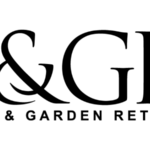



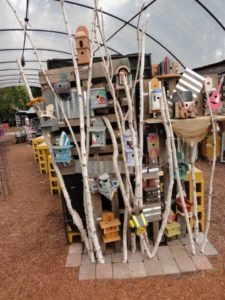

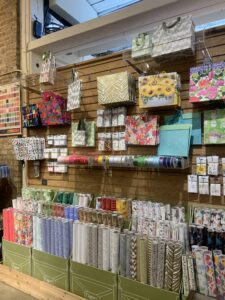
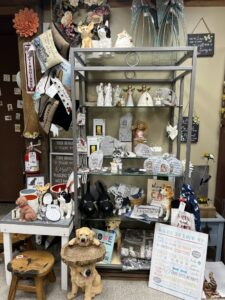
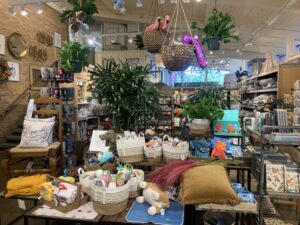
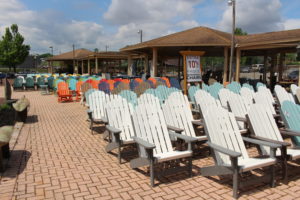
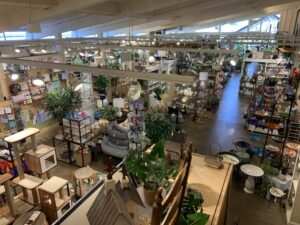
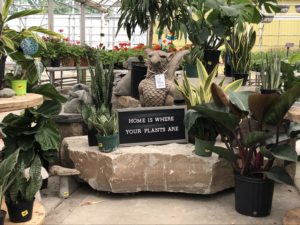
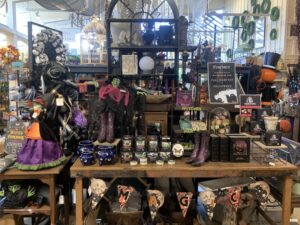
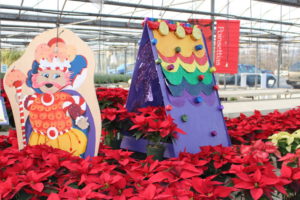

 Videos
Videos





